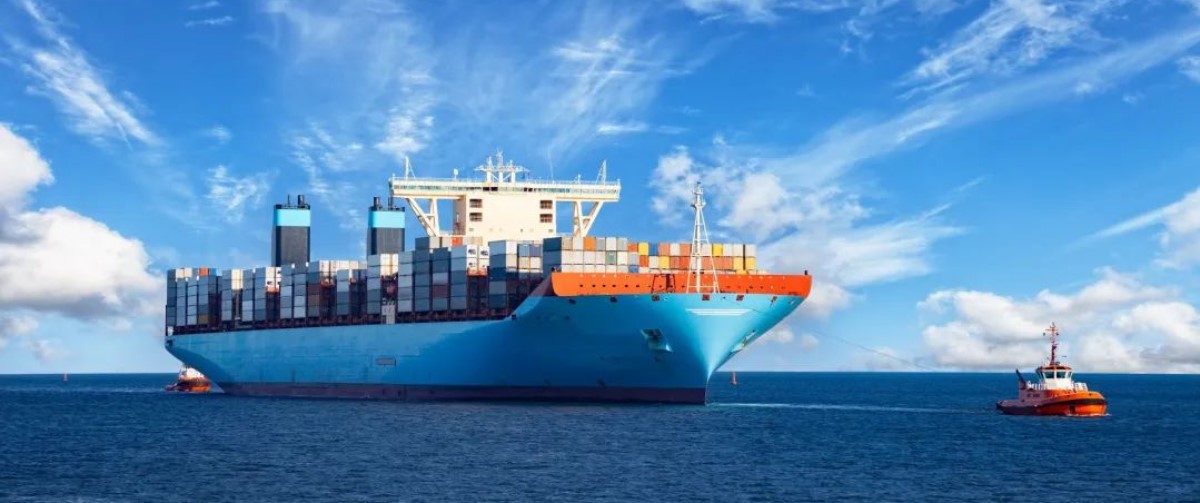May. 24, 2022

Resource: HKSG GROUP
A retaliatory shipment is coming? The 260,000 TEU cargo in Shanghai Port will surge in, and the freight rate may rebound!
It is estimated that the port of Shanghai will usher in an influx of 260,000 TEU of cargo this summer, making the peak season "even more prosperous" than last year.

According to Drewry's latest analysis, the epidemic and port congestion have caused problems for the global container distribution system, which is "already under severe pressure and suffering from reduced capacity due to widespread congestion.
Drewry analysts said that at the beginning of the epidemic, the impact of vessel call on the port of Shanghai was not significant, but from mid-April, the reduction in the number of vessels calling has accelerated.
As many as 260,000 TEU of export cargo did not leave Shanghai in April due to the epidemic sealing control. This is equivalent to the capacity of 26 vessels fully loaded with 10,000 TEUs, and with the restart of the supply chain, container ship capacity of this size may be activated in the coming months.
Shanghai port peak season ahead of schedule?
With the launch of Shanghai's unblocking policy, there will be a wave of cargo rush, which will also be a turning point in the freight rate of the spot market. At present, it seems that the second quarter will not be a weak season, and then enter the traditional shipping season in the third quarter. , freight rates have the opportunity to ascribe.
It is understood that recently, the container throughput of Shanghai Port has reached 119,000 TEUs per day, returning to 90% of the normal level. The number of freight vehicles entering and leaving Shanghai through the provincial border crossing of the expressway has reached 78,000 in a single day, returning to two-thirds of the normal level.
On May 18, based on the actual situation in Shanghai, Shanghai Customs further proposed 12 measures to support enterprises to expand work and resume production and ensure the safety and stability of the industrial chain and supply chain, so as to help improve the speed of customs clearance of goods and ports. Operational efficiency.
Among them, for the overdue fines and overdue fines arising from the epidemic control, the application for enterprise reduction or exemption will be accepted in batches, and those who meet the conditions will be exempted or reduced.
In the context of China's accelerated resumption of work and production and policy support, the manufacturing industry will concentrate shipments, plus the delays in shipments caused by previous lockdown measures. The shipping industry is expected to usher in relatively strong market demand, and the pressure on the supply chain will increase again, supporting the rise in freight rates.
The industry estimates that the cargo volume will be boosted at the end of May and early June at the earliest, and the freight rate in the container shipping market may usher in a wave of increases.
Recently, the Shanghai export container freight index also reflects this situation. The latest Shanghai Containerized Freight Index (SCFI) shows that the freight rate on the US-Western route has stopped falling and rebounded. Last week, the freight rate per FEU from the Far East to the US-Western route increased by US$12 to US$7,900, a weekly increase of 0.15%.
Market participants pointed out that the freight rate from the Far East to the West of the United States has risen, mainly because Shanghai has gradually lifted the blockade, and some goods have been transported to the West of the United States one after another, driving the freight rate to rise slightly.
Surge in freight volumes may hit global supply chains again
Drewry analysts said: "Right now, the biggest uncertainty is the outbreak and its impact on the entire supply chain 'bullwhip effect'. Liner shipping schedules will also require at least one rotation to normalize. This means, Even if the pandemic is now over, the predictability and capacity of the container distribution system will suffer during the peak summer season."
In fact, 51% of forwarders, traders and shippers surveyed by Container xChange expect the surge in peak season freight volumes this summer to have a more severe impact on global supply chains than in 2021.
For example, 58% of the respondents said that due to the impact of the epidemic, it would be difficult to produce and ship products as planned. The trade import and export of Asia-Europe and Asia-American routes continued to be restricted, and the backlog of goods and unmet demand was increasing.
37.5% of respondents said they are using "early shipping" in 2022 to ensure customers receive sufficient stock. Twenty-five percent of respondents will "use alternative shipping routes" and 18.8 percent are in the process of entering into long-term space agreements with carriers.
In addition, 62.5% of respondents said they still rely on the spot market or have not taken any specific steps to ensure that goods reach customers.
The third quarter has traditionally been the peak year for shipments, as retailers build up inventory ahead of the fourth-quarter holiday and shopping season. The increase in freight volumes led to record highs in container freight rates, delivery delays, port congestion and the reliability of container shipping services last year.
Christian Roeloffs, founder and CEO of Container xChange, said that trade and the economy will resume normal operations after the epidemic is under control, and shipments will surge as the backlog of goods is shipped.
These backlogs stack up with peak season orders, which could lead to supply chain congestion at European and U.S. ports where congestion is already widespread.
However, he explained: "Like two sides of the coin, 'demand' is the other side to consider. Whether it's GDP forecasts, purchasing managers' indices (pmi), rising inflation or consumer confidence, multiple indicators suggest that Demand may be shrinking. That could help offset the sudden surge in shipments, especially with signs that consumers are spending more on services rather than products.”
